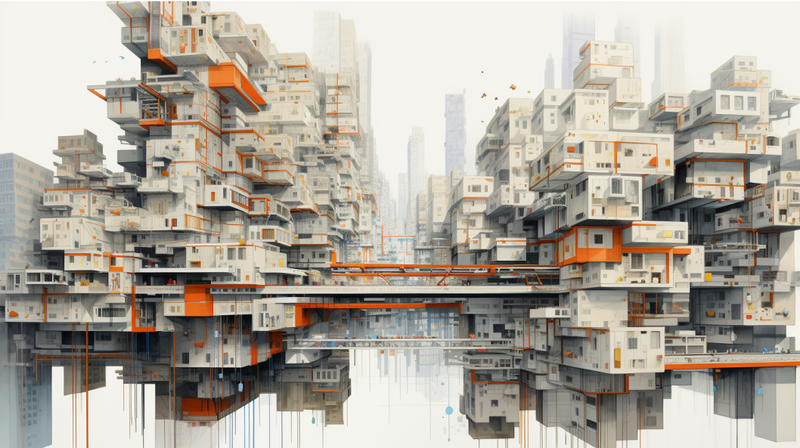As the dawn sheds light upon the silhouette of our urban skylines, one cannot help but marvel at the evolution of architectural artistry across generations. But, beneath the alluring vistas of these sophisticated structures, there lies an enthralling domain of geometry interwoven with the principles of sustainable development. The seamless integration of complex geometry into sustainable urban landscapes is not merely a design trend; it is an intricate solution, sculpting the future of our urban environments.
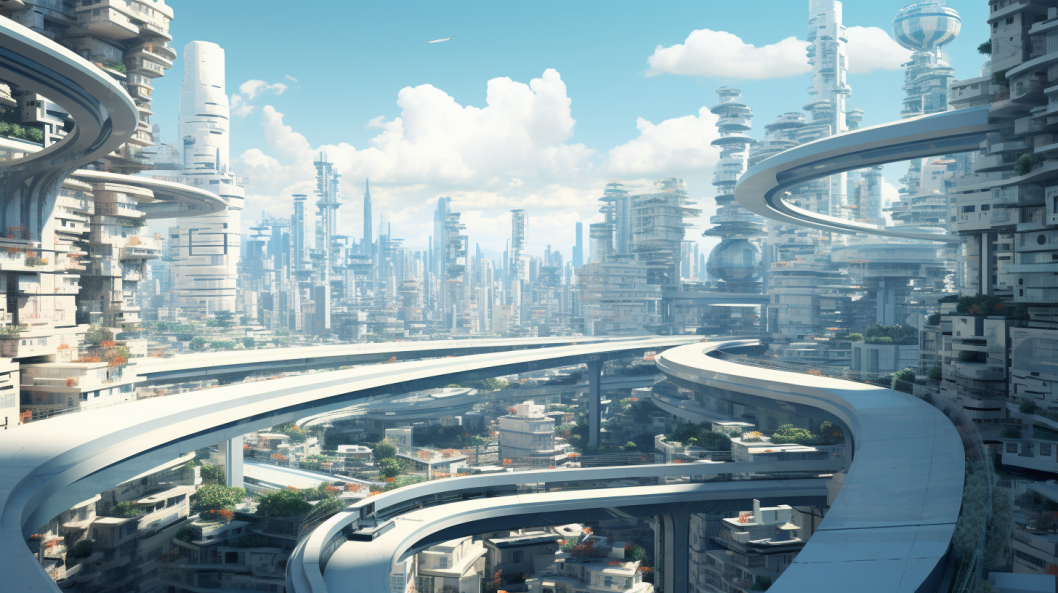
Complex Geometry: The Tapestry of Modern Architecture
The burgeoning adoption of complex geometrical shapes and patterns in modern architecture has yielded edifices that are not only visually striking but also mechanically ingenious. By bending, folding, and curving materials into non-traditional shapes, architects manipulate structural forces, optimize material usage, and enhance building performance. Non-Euclidean geometry and fractal mathematics are employed to conjure patterns and forms that challenge traditional construction norms, shaping structures that are both avant-garde and highly functional.
From the undulating façade of the Elbphilharmonie in Hamburg to the twisted elegance of the Turning Torso in Malmö, architects are leveraging complex geometry to optimize structural stability, modulate light, and manage acoustics, thus attaining a fusion of aesthetic allure and functional pragmatism.
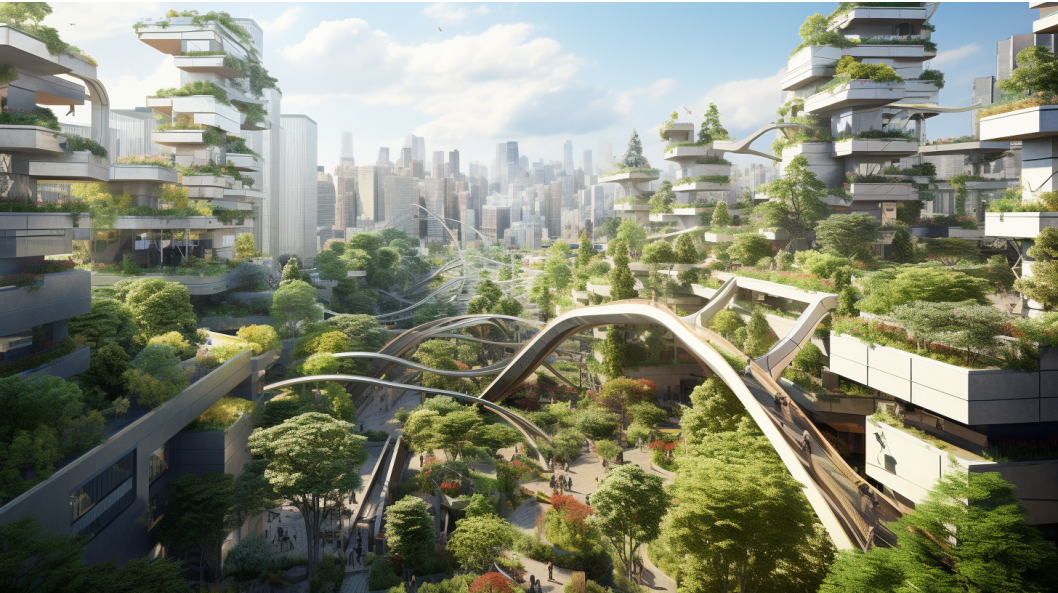
The Nexus Between Geometrical Complexity and Sustainability
The embrace of complex geometry in urban landscapes transcends aesthetic considerations, embedding itself firmly within the paradigm of sustainability. Through innovative design and engineering, these geometrical marvels capitalize on natural light, promote ventilation, and manage heat, reducing the reliance on artificial lighting, cooling, and heating systems. Hence, they play a pivotal role in mitigating the carbon footprint of urban conglomerates.
For instance, an undulating or folded façade can deflect wind and harness its power, while a strategically twisted structure might optimize solar gain. These geometrical considerations, while seemingly esoteric, are profoundly impactful, fostering an urban skyline that is both visually and ecologically harmonious.
Adapting Urban Landscapes: The Role of Biophilic Design
Biophilic design, which seeks to reconnect humanity with nature within the built environment, often incorporates complex geometric structures that mimic patterns found in the natural world. This method inherently propagates sustainability by integrating natural elements like light, water, and vegetation into architectural designs, ensuring energy efficiency, and enhancing the wellbeing of the inhabitants.
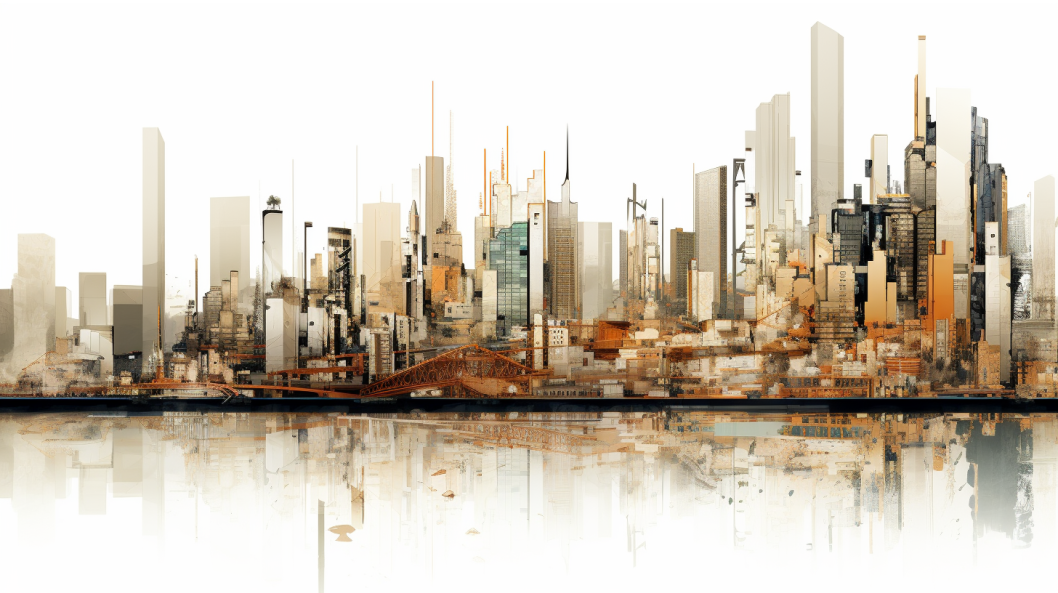
The concept of a “living building” enveloped in verdant walls, or a skyscraper that mimics the lightness and strength of a bird’s skeleton, are materialized through an understanding and application of intricate geometrical configurations. These designs not only elevate the aesthetic quotient of the urban panorama but also contribute to biodiversity, improve air quality, and regulate urban heat islands, weaving a web of sustainability throughout the city.
Future Skylines: A Symbiosis of Beauty and Responsibility
Transforming skylines are not merely about constructing higher, bolder, and more peculiar structures; they are about engendering a symbiosis between technical innovation and environmental stewardship. This calls for a robust collaboration amongst architects, engineers, environmental scientists, and policymakers to orchestrate a skyline that is both a visual masterpiece and an epitome of sustainable living.
As we gaze towards our evolving skylines, the role of complex geometry becomes palpably intertwined with our pursuit of a sustainable future. Our urban landscapes, adorned with geometrical marvels, not only stand as testaments to human ingenuity but also embody our commitment to fostering a future where development and sustainability stride hand in hand.
The marriage between complex geometry and sustainable urban landscapes casts a luminescent glow upon the pathway towards our future cities – cities that mesmerize, inspire, and nurture in equal measure. Transforming skylines will continue to stand tall against our urban horizons, narrating tales of an era where architecture became the canvas upon which humanity painted its most genuine commitment to a sustainable future.
In crafting cities that mirror the meticulousness of geometric complexity and the virtue of sustainability, we pave the way for an epoch where every skyline is a monument to human innovation, artistic expression, and ecological responsibility. And so, the transformation becomes not just of our skylines, but of our values, aspirations, and ultimately, our legacy to the forthcoming generations.
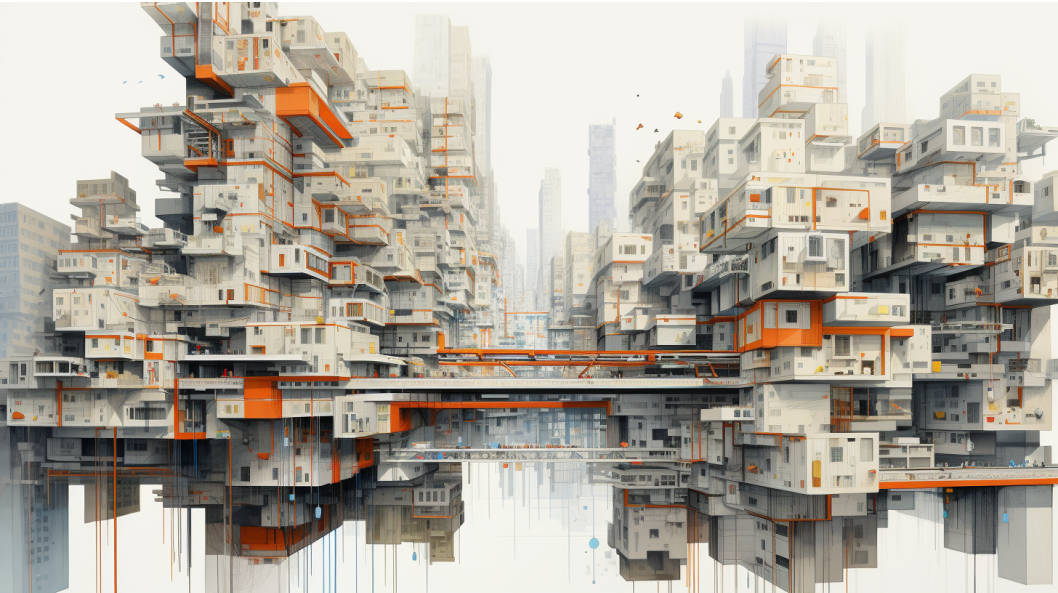
Welcome to planksip® – your go-to media outlet for top-notch content creation. Get content like this for just $200 per week!
